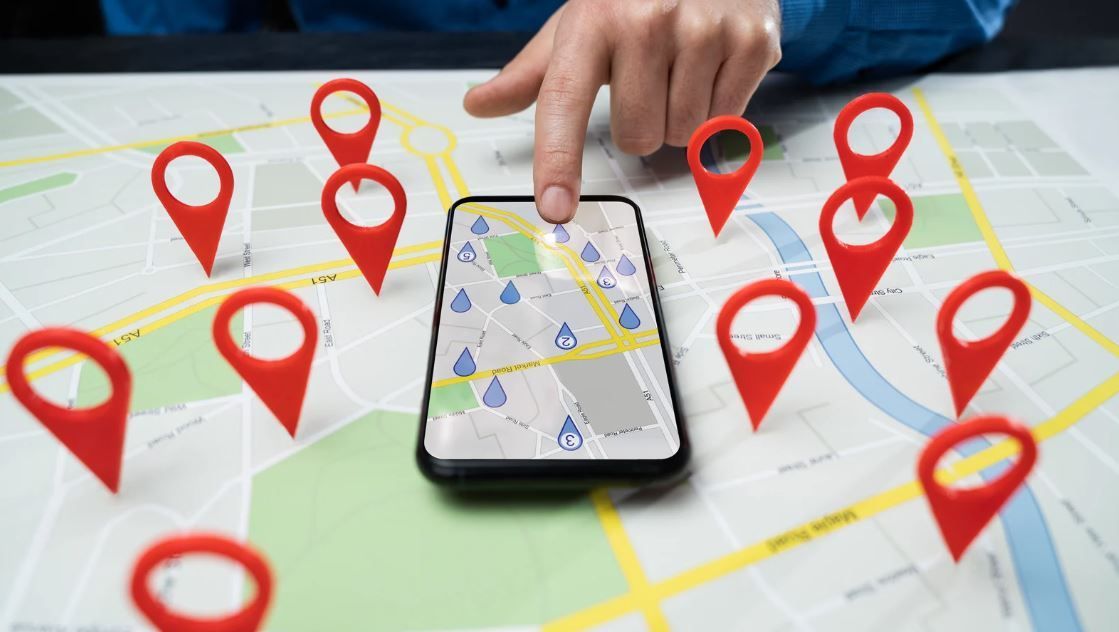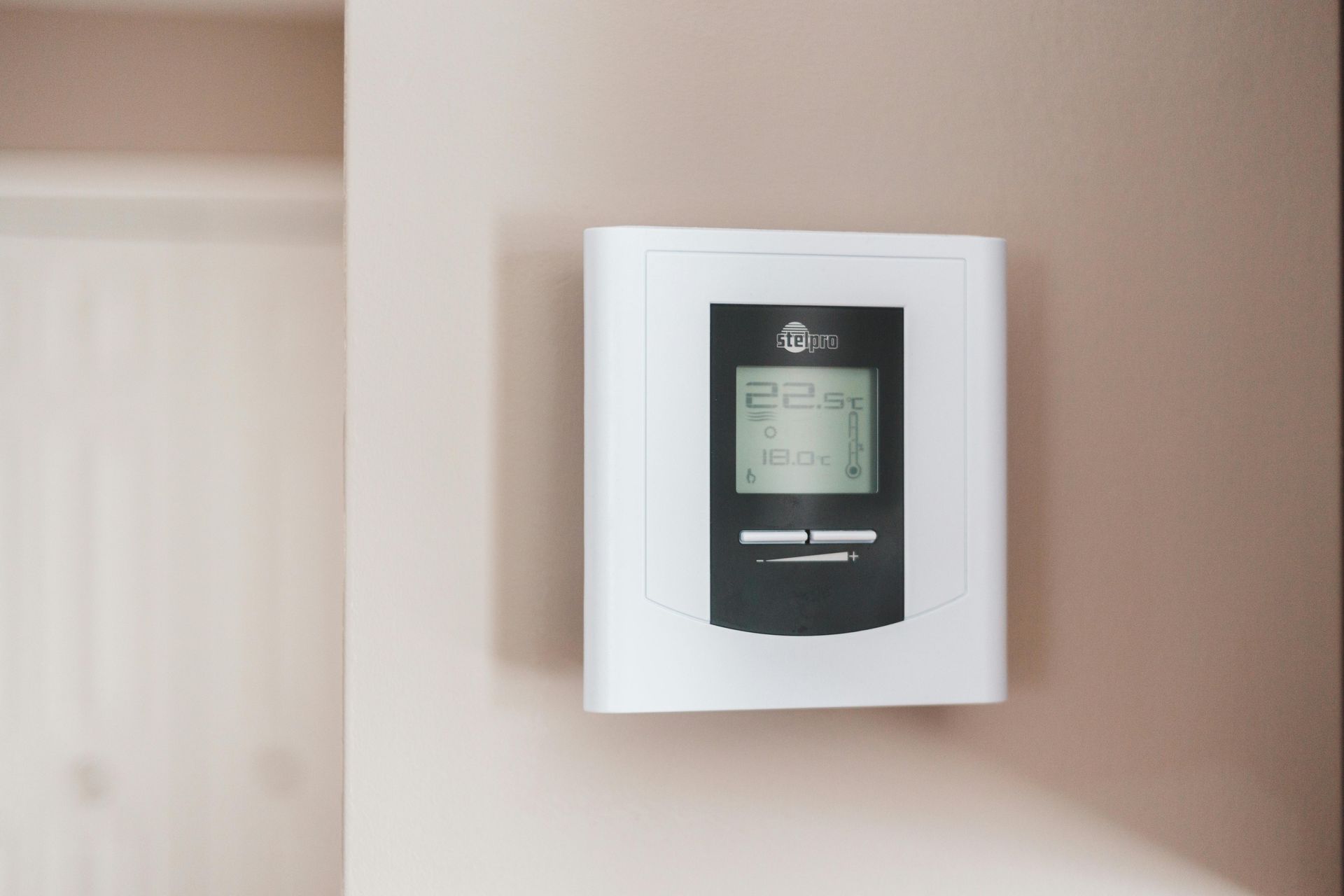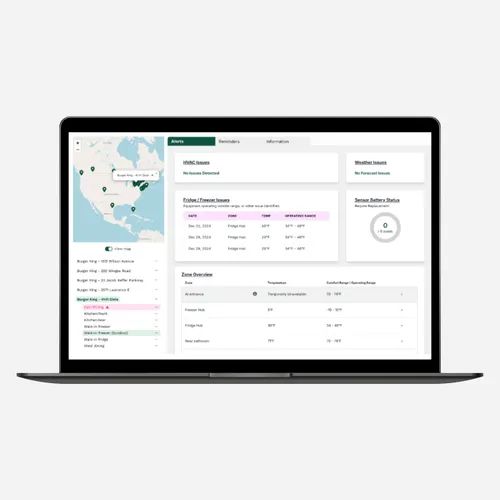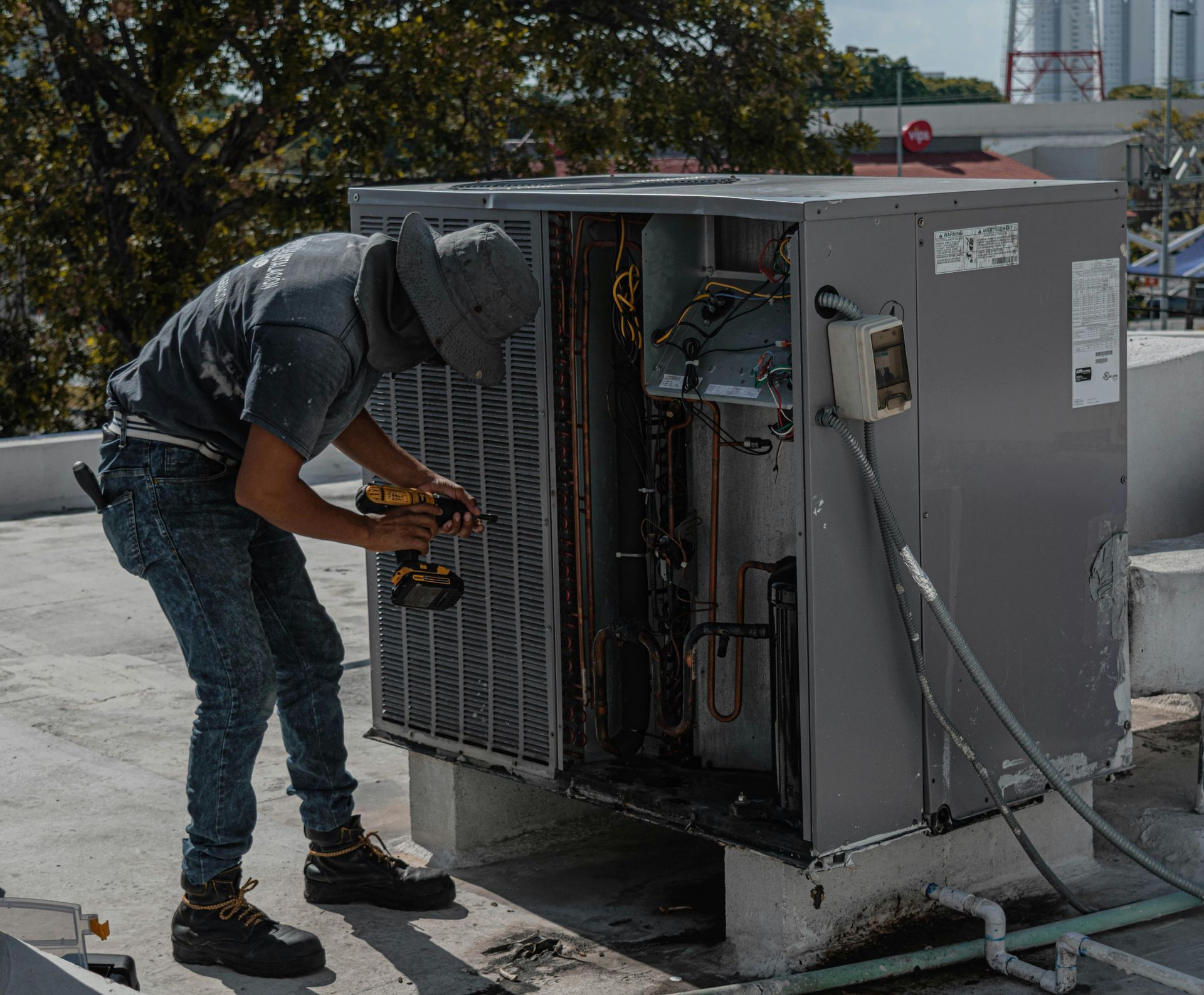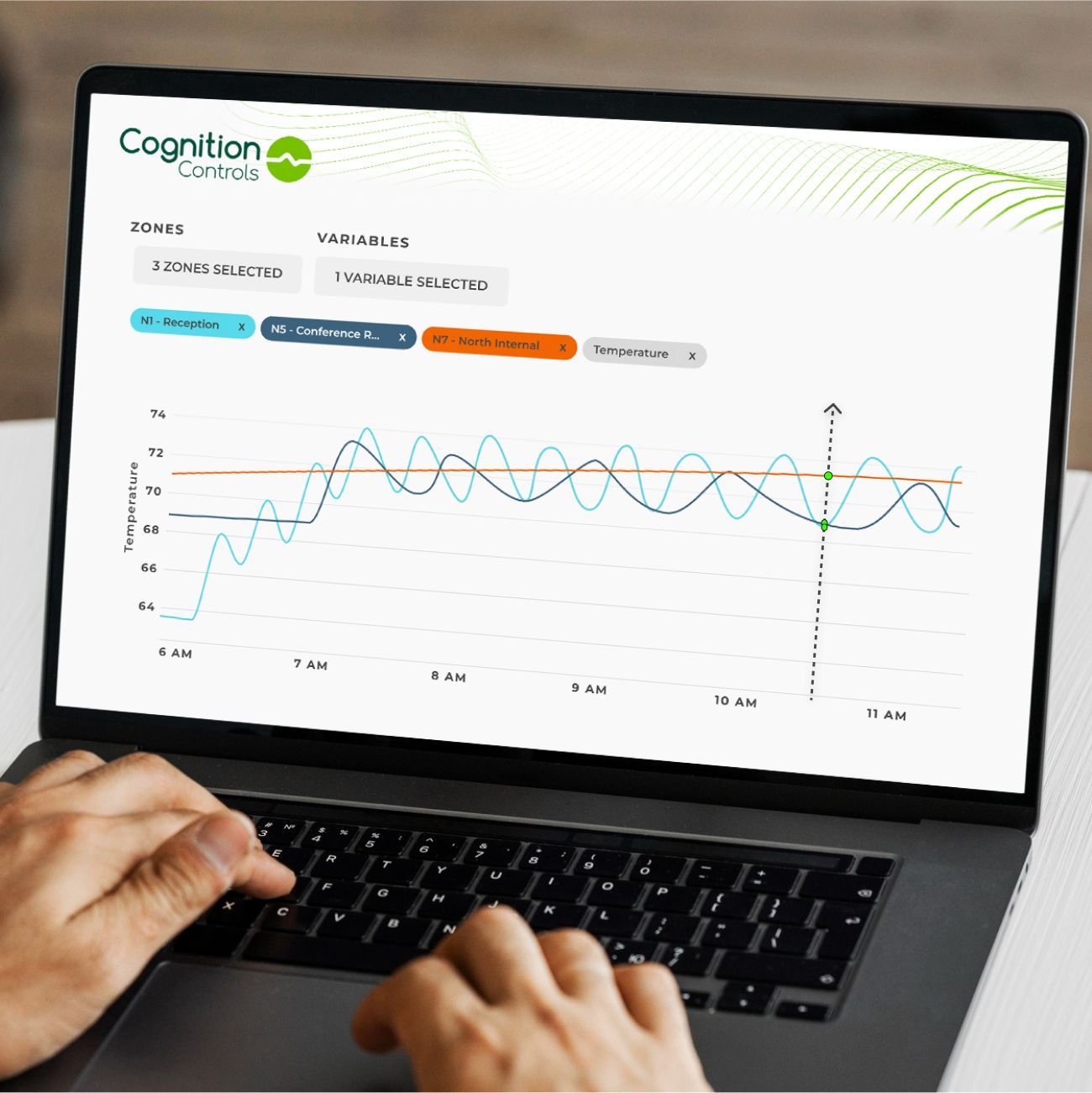7 Unexpected Ways to Prevent Cyber Attacks and Hackings

When people think about cybersecurity, the usual suspects like strong passwords, antivirus software, and regular software updates probably come to mind. These are important, yes, but some unexpected strategies can also significantly tighten your defenses. Here’s a breakdown of seven creative and lesser-known ways to protect yourself and your organization from cyber-attacks, along with why they work so well.
1. Switch HVAC Thermostats to Cellular Connectivity
Many organizations use Wi-Fi-connected HVAC systems for convenience, but these can present a surprising vulnerability. Hackers can infiltrate poorly secured Wi-Fi networks and use connected devices, like thermostats, as entry points into your broader system.
Switching to cellular connected HVAC systems bypass Wi-Fi entirely. Cellular connections are more secure because they typically use private networks and have fewer direct attack vectors. This small change reduces the risk of someone exploiting your thermostat as a gateway into your IT systems.
2. Review Employee Social Media Practices
Cyber attackers often use social media to gather intelligence on potential targets. Employees who overshare details about their personal lives, job responsibilities, or work schedules make your organization more vulnerable to phishing scams and social engineering attacks.
Conduct training sessions about safe social media practices. Encourage employees to limit what they share publicly and to avoid posting sensitive details about their work. This reduces the information available for attackers to exploit, making phishing scams much harder to execute.
3. Install Tamper-Proof USB Port Covers
It sounds simple, but leaving USB ports exposed can lead to major security breaches. A USB stick loaded with malware takes seconds to plug in and infect a system. Companies have been attacked this way when seemingly innocent USB drives were left in parking lots or sent as “promotional gifts.”
Tamper-proof USB port covers physically block access to USB ports. They prevent unauthorized connections, ensuring no one can plug in a malicious device without permission. Combining this with policies restricting USB drive use on company hardware further strengthens your defenses.
4. Implement Ongoing Paper Shredding
Even in today’s digital-focused world, sensitive information often exists in physical form. Old invoices, contracts, or employee records thrown in the trash can provide valuable data to attackers.
Shredding documents regularly prevents potential attackers from using discarded information to their advantage. Don’t wait until you’ve got a mountain of paper sitting in the recycling bin. Make shredding a consistent part of your routine to prevent valuable details from falling into the wrong hands.
5. Monitor Privilege Creep
“Privilege creep” happens when employees accumulate access to systems and data over time without their permissions being reviewed or adjusted. For instance, someone who changes roles may still retain access to systems they no longer need, creating unnecessary security risks.
Conduct regular audits of user permissions to make sure employees only have access to what they currently need. Removing unnecessary privileges reduces exposure to potential insider threats and limits the damage hackers can do if they gain access.
6. Use Screen Privacy Filters
Simple but effective, screen privacy filters prevent visual hacking. If employees frequently work on sensitive documents in public spaces, like airports or coffee shops, someone could easily glance over their shoulder and steal sensitive information.
Privacy filters make on-screen content visible only to the person directly in front of the monitor. This low-cost tool guarantees sensitive data stays confidential, even in high-traffic or public areas.
7. Keep Firmware Updated on Non-IT Devices
While IT systems often get regular updates, devices like printers, security cameras, and even smart appliances are easy to overlook. Hackers target outdated firmware on these devices to exploit vulnerabilities that haven’t been patched.
Set up a schedule to routinely check for updates to these devices' firmware and apply them promptly. Keeping non-IT device software current prevents attackers from leveraging outdated systems as a weak point to infiltrate your network.
Stay Secured
Cybersecurity isn’t just about firewalls and software updates. Sometimes, it’s the subtle, unexpected practices that make the biggest difference. By implementing these seven strategies, including securing these smart HVAC solutions, you’ll create additional barriers that make it significantly harder for attackers to compromise your data.
Thinking outside the box when it comes to cybersecurity helps you stay one step ahead of evolving threats. Why not apply one or more of these ideas today and fortify your defenses for the future?
What is the best way to secure HVAC systems from cyber attacks?
Switching HVAC systems from Wi-Fi to cellular connectivity is one of the best ways to minimize cybersecurity risks. Cellular networks use private connections that are harder for attackers to exploit, providing an extra layer of protection compared to Wi-Fi.
Should small businesses consider unexpected cybersecurity practices like larger organizations?
Yes, even small businesses should adopt unique practices like paper shredding or screen privacy filters. Cyber attacks can target businesses of all sizes, and using these less expected strategies helps build a stronger, layered defense against potential threats.

